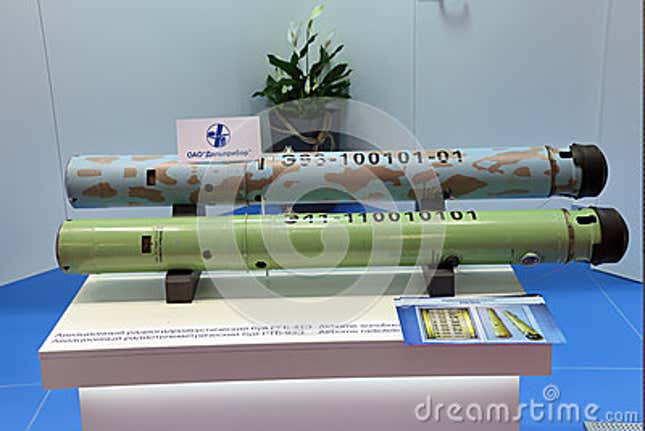
Why is it necessarily adapted, and not just a sonobouy? Why placed by frogmen? When there are joint naval exercises in the Pacific (like the US does with South Korea annually, for example) hundreds of them get dumped into the ocean by helicopters and planes and are left to drift and sink. It’s not unreasonable to…







